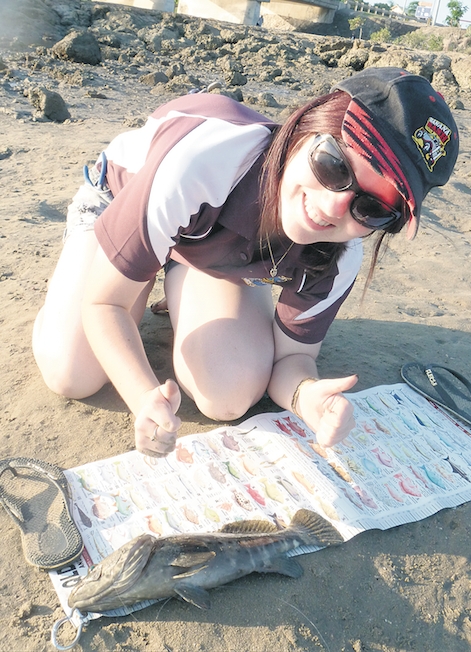Light line – Clayton Nicholls 2013
Having your first crack at light gear fishing can be pretty exciting, especially if you land a fish in that first attempt. The home ground of this expedition was the front of the Causeway Lake where many people including myself come down for a fish before grabbing some perfectly cooked fish and chips from the Causeway Lake Kiosk.
The first thing we did was grab the yabbie pump and bait bucket and made our way across to the yabbie beds. For a very utalised area, these beds still produce extremely well, but with that being said, don’t take more than your fair share. Nothing beats fresh yabbies in these smaller estuary environments.
Getting right into it, all you really need for some perfect breaming action is a crisp spin rod, 7 foot 2-4kg is perfect, and a 2500 size spin reel matches quite well. Don’t overkill with heavy gear. When you fish light you will feel and get more bites and a lot more interest in the bait. Some six pound braid and eight pound fluorocarbon leader is perfect. The heavier fluorocarbon is because there are lots of barnacle-covered rocks that easily slice braid and this leader is very abrasion resistant.
Often, from the very first cast, you can see the bright braid gain tension as a fish takes your bait. This is when most people lose the fish. Don’t strike just yet, pull some braid off the spool and let the fish take it so it feels no tension. With no tension, the fish is more inclined to run and hook itself, and its normally a clean hook up.
Most of the species in here all hit differently: the cod grab and run no matter what size they are and how much tension you have on the line; the whiting nibble at the bait then sort of suck it down; but the bream, they tend to tap at the bait, then tap harder, then grab it when they know there is no tension and scream off, often pulling some serious drag.
Every fish will give you some go on the lighter gear; the best, however, are the bream. To fight these fish it is a general rule of thumb to keep tension on the line at all times and never high stick the rod, this is the easiest way to snap a rod, to avoid this hold the rod at about fifty degrees. The bream will take some runs, especially the big ones, so don’t keep winding the handle when this happens. Take a breath and relax. Let it run. Once the run has stopped, lift the rod a little to turn the fish’s head and reel in when dropping the rod, then keep lifting to gain line and reeling on the drop until either the fish gets landed or goes for another run.
The rig I have found that works best for this type of fishing is an Albright connection between braid and leader, about 40cm of leader with a small size 0 ball sinker running along the leader and then a blood knot to a Mustad size 4 long shank hook. Putting the yabbie on is a little more difficult, as everyone has preferred ways, whether it’s through the back, underneath or even in just its head. It doesn’t matter much, but coming from the underneath tip of the tail through the where the yabby’s legs are seems the be secure and seems to do the damage for the bream and many other species.
The Causeway is a pretty family-friendly area with toilets, taps, the kiosk, lots of grassed areas and a playground for kids. Nothing beats packing up for the arv’ and heading down for a quick flick before a serve of hot chips and some fish with a nice cold drink over at the kiosk. After the fishing is done, all the gear can be rinsed under a tap on the beach-side car park and packed into the car.
Just remember,
‘Fish light get the bite’.





